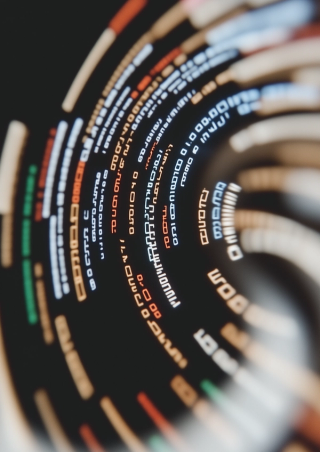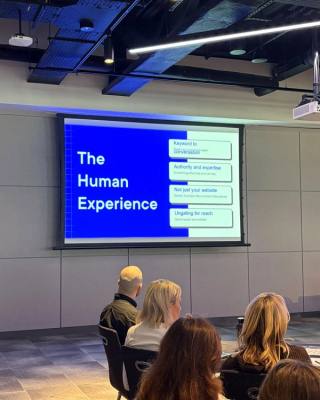Unless you’ve been under a rock for the past 6 months, you’ve probably heard of a little thing called ChatGPT, or OpenAI if you’re an open-source sort of person.
It’s what has every content writer between here and Timbuktu crying into their Guinness on a Friday night: basically it turns out that line about an infinite number of monkeys producing the works of Shakespeare wasn’t so far off. The job of ‘copywriter’ is under threat, or at least it is if you aren’t very good at it.
But anyone who thinks it is going to stop there hasn’t been paying attention. In news sure to send a shiver down the spines of purveyors of black polo necks and thick-rimmed glasses, it’s coming for designers too (no laughter at the back please).
More specifically, as AI continues to evolve, its impact on web design is about to become ever more apparent. From automating routine tasks to (in at least some contexts) providing insights into user behaviour, AI will change the way we approach web design. In fact, let’s go further: we aren’t so far away from the ability to answer a few questions about our business and see something vaguely appropriate by way of a website returned to us in minutes.
But here’s the thing. While AI has many benefits, it will never (OK, not for years) replace the human creativity and understanding when creating effective and engaging websites. And here’s why:
What AI can do
One of the most significant benefits of using AI in web design is its ability to automate routine tasks. Obviously. For example, AI can analyse data to determine which layouts, fonts and colours might be most effective for a particular website. As you can imagine, this can save designers a lot of time and effort, allowing them to focus on more creative aspects of design.
In fact, let’s go further again, AI can (or will be able to) generate entire websites. OK, we’re not talking about much above the sort of generic template you might get today, but still: the power is there to do the job.
But (there’s always a but), while AI is about to shake things up in web design, it is not a substitute for human understanding and creativity. Designers still need to have a deep understanding of their client's needs and goals to create truly effective websites - websites that actually do a job. And the reason for that is kind of interesting.
The importance of human intuition, judgement and creativity
Design is a fundamentally human activity. And it starts with listening.
But ‘listening’ isn’t simply a case of noting down what a client wants to achieve and creating a site to do that job. It requires filtering what we learn from multiple sources, interrogating assumptions, asking the right questions and applying the sort of insight that can only come from a lifetime (well, it feels like a lifetime) of doing this job.
In his seminal (and highly readable) 1+1=3, Dave Trott explains how true creativity comes from combining learnings from radically different fields into new ways of viewing the world. That is what creatives do, and that is what computers - for the moment - cannot.
So yes, AI can help automate routine tasks and generate images and layouts. If you want a bog standard ‘website for a bobbin shop’ generator, in a few years it may be able to do the whole job. But it is up to human designers to create unique and effective designs that stand out from the crowd. And more importantly again, it is up to human designers to understand the precisely correct response to the needs (articulated or not) of the business at a specific moment in time.
At Kooba, we’re pretty confident we won’t be joining the (bad) copywriters drowning their sorrows at the bar just yet.









